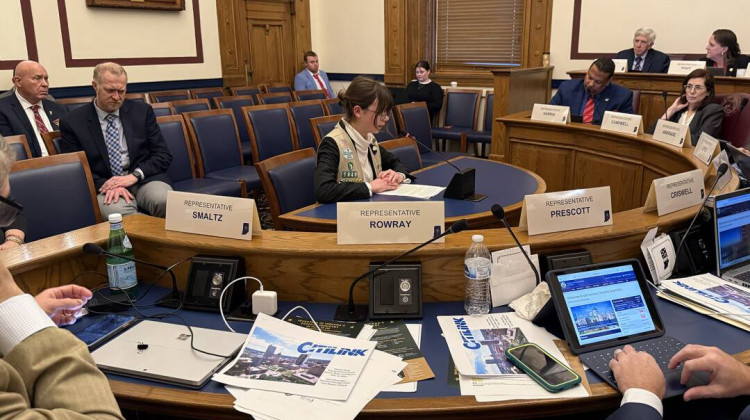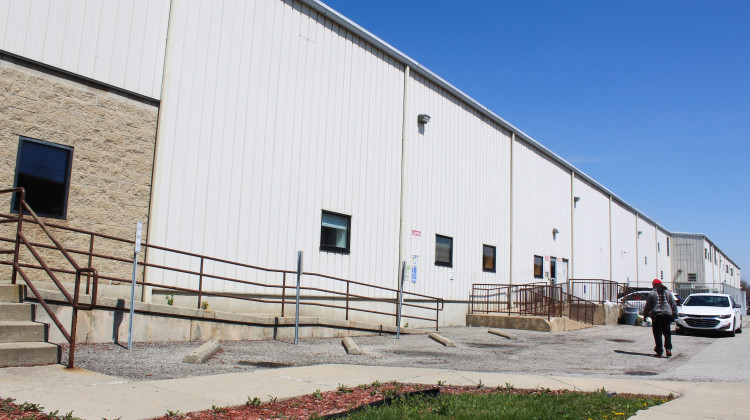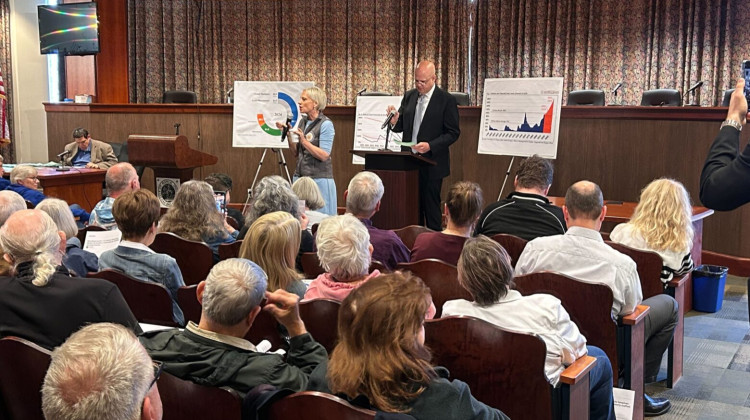
neutrino detector called ICARUS is offloaded at Indiana's Burns Harbor en route to Fermilab in Illinois.
Courtesy CERN and Ports of IndianaIndiana’s three ports had their second-best start to the year ever in 2017.
Burns Harbor, Mt. Vernon and Jeffersonville moved 19 percent more cargo in the first six months of this year than at the same time in 2016 – 5.7 million tons overall.
Almost two-thirds of that went through the southwest port of Mt. Vernon, in the form of bulk cargoes – things like coal, ethanol, fertilizer and minerals, which get transferred between railcars, river barges and trucks.
Mt. Vernon handled 38 percent more cargo total in the first half of this year than in 2016. That included a 76 percent bump in coal shipments, which Ports of Indiana CEO Rich Cooper says was all bound for domestic power plants.
“People are encouraged about some of the rhetoric now coming out of Washington that they’re hopeful could be helpful to further coal production,” he says.
The Trump administration has also promised to boost American steel through trade reform. Cooper says steel shipments have kept pace with last year at Indiana’s other two ports – Burns Harbor in the north and Jeffersonville in the south.
He expects those steel shipments to do even better for the rest of the year.
Burns Harbor ship traffic was up 14 percent overall compared to the start of 2016. The Lake Michigan port also moves lots of large project cargoes off big ships – things like wind turbine blades and brewery tanks.
This year, it handled a house-sized, high-tech particle detector called ICARUS. The delicate device was en route from CERN in Switzerland to Fermilab in Illinois.
“When companies around the world read about our capabilities, it gives Indiana a shot to handle more unique cargo, jumbo cargo projects like that one,” Cooper says.
He says he hopes Burns Harbor will begin to handle more bulk cargo, too, with the help of a new, national stevedoring company, MetroPorts, which began its contract this summer.
CORRECTION: An earlier version of this article incorrectly listed ethanol as a dry bulk cargo. In fact, it is a liquid bulk cargo.
 DONATE
DONATE







 Support WFYI. We can't do it without you.
Support WFYI. We can't do it without you.